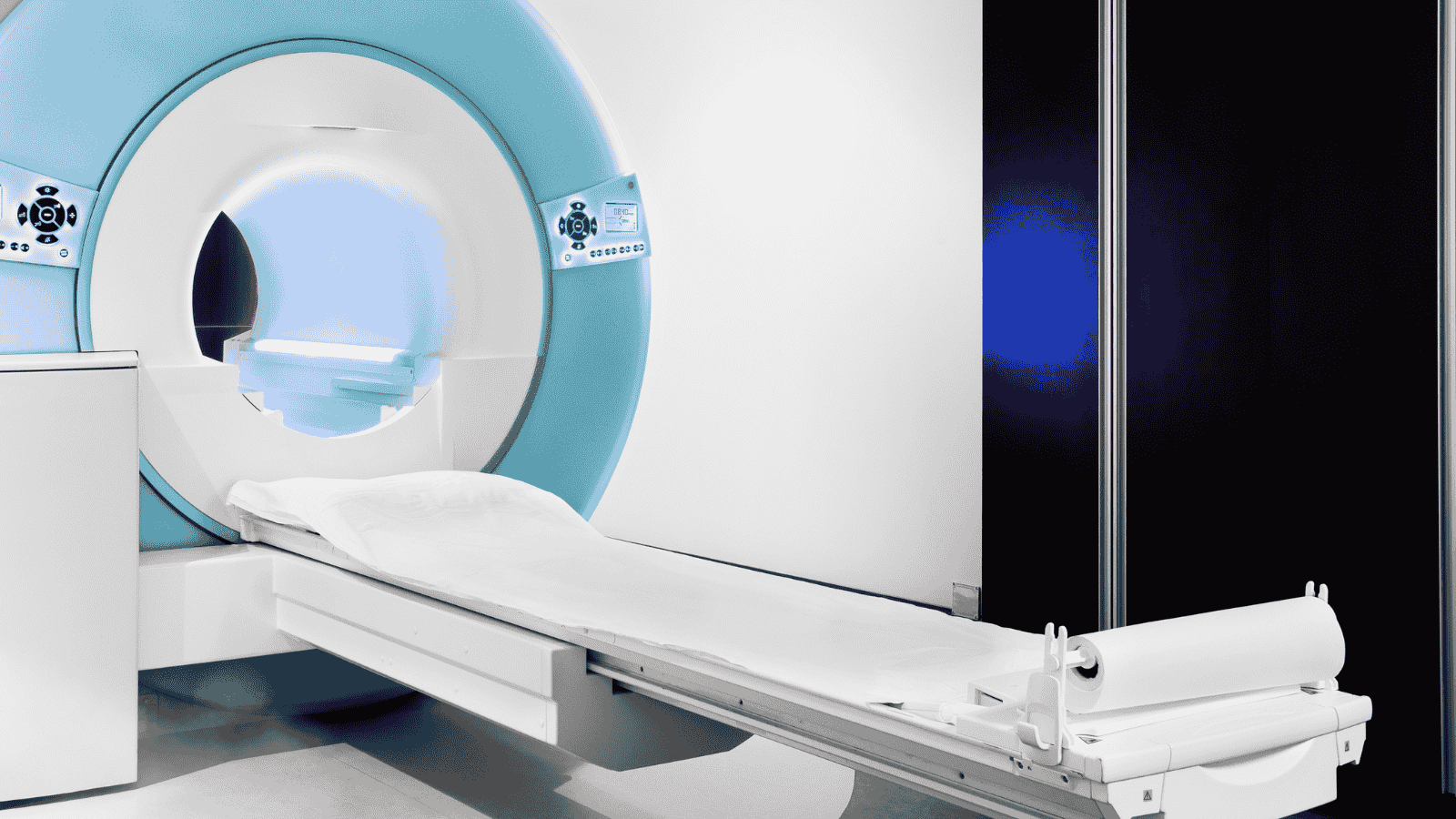
What is Whole-Body Magnetic Resonance Imaging (MRI)?
What is Whole-Body Magnetic Resonance Imaging (MRI)?
Magnetic Resonance Imaging (MRI), also known as Emar (MR) or 3-Tesla MRI, is a non-invasive, painless, and advanced medical imaging technique that does not require hospitalization. It utilizes a strong magnetic field (magnet), radio waves, and advanced computer software to obtain high-resolution images of the body. Unlike X-ray (radiography) and Computed Tomography (CT) scans, MRI does not use ionizing radiation, making it a patient- and doctor-friendly imaging method.
In the near future, AI-powered MRI scans are expected to bring revolutionary advancements by enabling faster imaging, reducing workload, and increasing efficiency. Artificial intelligence and machine learning show promise in areas such as scan planning, multi-dimensional data acquisition, clinical interpretation, and personalized imaging.
Whole-body MRI is an advanced imaging technique that allows for a comprehensive scan of the entire body using a core protocol. The entire procedure can be completed in as little as 30 to 40 minutes, though this duration may extend if additional imaging protocols are required.
This method is fast, harmless, highly sensitive, and cost-effective. If additional imaging is needed during the scan—such as for a suspicious area, damage, or anomaly—those regions can be examined in more detail. In some cases, other imaging methods may be required, leading to an extended scan time. Compared to bone scintigraphy, CT, and ultrasound (USG), MRI provides superior diagnostic accuracy in certain diseases and clinical conditions.
Whole-body MRI is a valuable tool in diagnosing and monitoring cancer and various other diseases. It is particularly important for screening high-risk patients (e.g., individuals with Li-Fraumeni Syndrome). Due to its wide range of applications, whole-body MRI is an essential component of preventive and proactive medicine.
Why is it Needed?
Head and Neck Region:
- Brain injuries
- Brain tumors
- Blood vessel damage (e.g., aneurysms, embolisms)
- Stroke (CVA)
- Spinal cord and vertebral injuries
- Eye and inner ear disorders
- Cancer metastases
- Trauma
- Thyroid diseases
Chest Region:
- Structural anomalies of the heart and heart valves
- Inflammation of the heart and surrounding tissues
- Blockages, aneurysms, and dissections of the main heart vessels
- Tissue damage after a heart attack (myocardial infarction)
- Lung cancer
- Other lung diseases
- Cancer metastases
- Lymph nodes
- Fluid accumulation (effusion), abscesses, and other inflammatory conditions
Abdomen and Pelvis Region:
- Liver, gallbladder, and bile duct diseases
- Pancreatic disorders
- Kidney diseases
- Spleen disorders
- Prostate diseases
- Ovarian and other female reproductive organ disorders
- Colorectal cancers (colon cancer, rectal cancer)
- Lymph nodes
- Cancer metastases
- Fluid accumulation (effusion), abscesses, and other inflammatory conditions
Bones and Joints:
- Infections
- Diseases and injuries of bones, joints, tendons, and ligaments
- Cancers
- Spinal and spinal disc problems
Breast:
- Breast cancer screening
- Breast cancer and metastases
- Benign (non-cancerous) breast tumors and cysts
- Rupture or damage to breast implants
Other Conditions:
- Multiple Myeloma
- Malignant Melanoma
- Lymphoma
- Metastatic cancers
Whole-body MRI is an exceptional tool for diagnosing all of these diseases and many other conditions. In some cases, it also plays a role in treatment planning and interventional procedures.
Additional Notes:
In the United States, several reputable preventive medicine organizations recommend regular screenings for adults at risk of:
- Lung cancer
- Breast, uterine, ovarian cancers in women
- Colorectal cancers
- Prostate cancer in men
- Other age-related or genetically predisposed high-risk conditions
For tumor detection and other suspicious cases, MRI-guided biopsy is also possible.
For detailed information on MRI preparation, imaging process, and advanced MRI applications, click here.